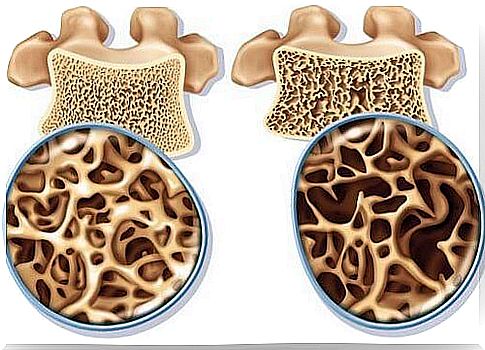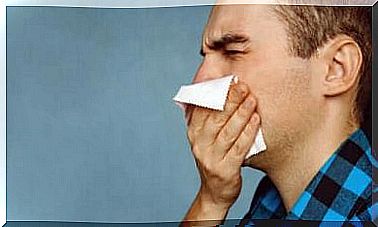Osteoporosis – Exercises And Treatment

Osteoporosis is a disease that affects the bones, making them weaker and more susceptible to cracks and fractures. It primarily attacks people over 50, especially postmenopausal women. It is in them that most often, as a result of a fall or overload, fractures of the femoral neck, wrist or some vertebrae occur.
Read the article and learn about the best exercises to prevent and treat this disease. Don’t let osteoporosis hit you too.
Osteoporosis – what should you know about it?
Osteoporosis increases the risk of fractures and fractures. It is one of the most common bone diseases.
The body requires calcium and vitamin D to produce new bones. If it is not given the right dose of these two nutrients, bones will become weaker over time and, consequently, more prone to fractures and fractures.
Remember, however, that osteoporosis does not only occur in menopausal women, but also in men over 50, when their body reduces the production of testosterone (a male hormone).
Other factors contributing to the development of osteoporosis:
- immobilization of the bones for a long time
- some health complaints
- taking certain medications
- cases of osteoporosis in the immediate family
- low body weight
- a diet low in nutrients, especially calcium
- smoking tobacco
- no menstruation

Unfortunately, osteoporosis in the early stages has virtually no symptoms, so many people don’t even know they are struggling with the disease. It is not uncommon that diagnosis is made only at the time of a fall and fracture of a bone.
Osteoporosis can also cause bone pain, which is usually confused with general fatigue, shrinkage, or a bad posture such as kyphosis.
Osteoporosis – the best exercises
In addition to using a balanced and nutrient-rich diet, you should also take care of adequate physical activity, thanks to which you can prevent the development of osteoporosis in the future or support the treatment of an already diagnosed disease.
If you follow our proposed strength training plan, you will increase your bone metabolism. Training should include exercises to get your whole body moving, both from the waist up and down.
To combat osteoporosis, all types of aerobic exercise such as vigorous walking, cycling, swimming, dancing and jogging (where possible) are recommended.
Aerobic exercise also helps to strengthen the cardiopulmonary system.
Before moving on to the exercises, there are a few tips to consider:
- Do not bend your torso completely as this can damage your spine and even, if your osteoporosis is in an advanced stage, break it.
- Avoid holding your breath for long periods – try to maintain a steady rhythm.
- Do series of 10-15 repetitions. Rest for 90 seconds between each series. Do exercises 3-5 times a week.
- Never forget to warm up or stretch at the end of your workout.

Exercise proposals
- Walk vigorously for 15 minutes, preferably in the park (no shopping or city walking with stopping constantly at red lights).
- While standing, lean against the back of the chair and bend one knee partially. Keep your back perfectly straight. Take your knee all the way up and down.
- While standing, place your palms against the wall and tilt your body forward until it is at an oblique position to the wall. Keep your feet and heels off the floor. Bend your elbows and bring your chest forward towards your hands resting against the wall. Hold this position for a few seconds and then come back to the starting position
- While standing, lean your back against the wall. Place your legs hip-width apart and bend your knees. Carefully move your torso up and down.
- Take the step and go down, but it’s best to go up the stairs. Alternatively, you can go in with your right foot and leave your left foot in the air, and then place it on the previous step.
- Sit on a chair and rest your back against the backrest. Place your hands on the back of your head at the level of the nape of your neck. Open your chest as much as possible while inhaling. Guide your elbows backwards as far as you can.
- When seated, place your arms alongside your body. Breathe deeply as you pull your elbows and shoulders back. Lie on the floor on the mat, stretch your right arm backwards and press your hand against the floor for a few seconds. Return to the starting position and repeat the exercise with your left hand.
- Stand sideways to the wall with one hand touching its surface. Grasp the wall with the hand closer to the wall, lunge forward with the leg closer to the wall, and bend it at the knee. Hold this position for a few seconds and then return to the starting position. Repeat the exercise with the other leg.
- Lie on your back and place your arms alongside your body. Bend your knees and rest your feet on the floor. Carefully lift your pelvis up. Hold the position for a few seconds and then return to the starting position.









